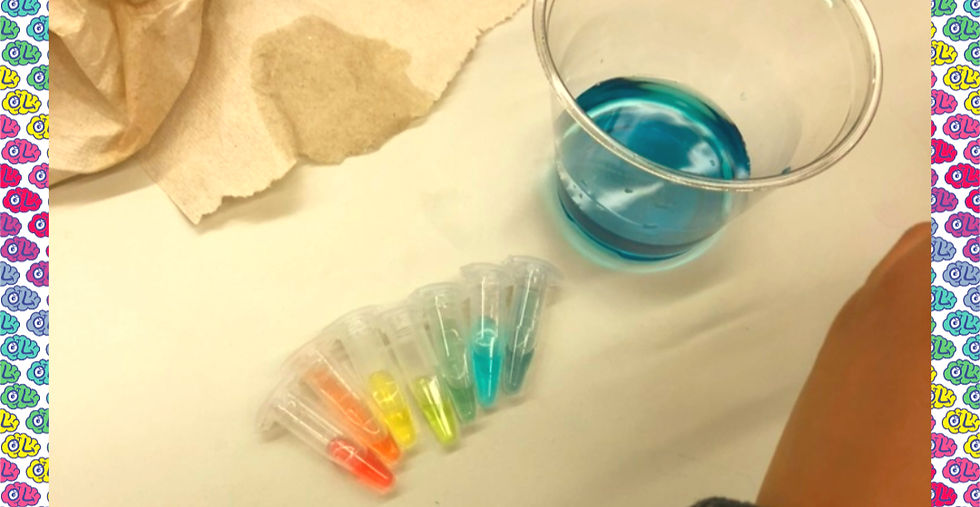JBOP - The Six Creative Behaviors
- Jane Powel

- Mar 20, 2024
- 2 min read
Updated: May 8, 2024
Jane’s Brain on Pedagogy - Understanding the black box, aka, the brain.
6 Creative Behaviors
Six behaviors were identified by Richard Lewis in 1979 (Creativity: The Human Resource) as the key indicators that a person can think creatively. While many students may disagree, science is a creative field. Encouraging these behaviors can foster creativity and bolster self-esteem!

Anyone who has been ground breaking, whether it's Rosalind Franklin or Alice Ball or Oliver Sacks or Ada Lovelace—you name it—pick any person in the arts or sciences, and when you look at those six behaviors, most of them do at least two or three, if not all of them. When I recognize these behaviors in students, I loudly celebrate them, which always makes kids happy and reinforces those behaviors.
Recently, I was teaching a group of third graders about keystone species. We had an arch made of blocks and then we took out the keystone at the top and the whole thing came tumbling down. It’s the same thing with a particular animal. If this animal is not there, the whole ecosystem is going to collapse and it will be very sad for everyone. One student shot his hand up and said, “It's like a door lock!” Now, at this point I have no idea where this kid is going with this, but okay, yeah tell me more. And he says, "It's kind of like the door and when you unlatch it, it's open and anybody could go in or out, but if it's locked. You can't get in, it's strong. It's there.” And this is what teaching is about! If they're verbal and you're delivering this information and in their head, all the stuff is clicking and they're thinking, “I don't understand what she's saying, does it remind me of this?” And then they make a connection and have the courage to offer it to the class and then you respond. I said, “I'm looking up here at these six behaviors, which one did you just do? ‘Making connections’ AND ‘Seeing things in new ways.’” I started giving him a thousand stars because he exhibited not one but two of these creative behaviors.

The beautiful extension of these behaviors is that they stretch far beyond just the realm of science. People who exhibit these behaviors will be leaders, they will be revolutionaries, they will be creative and critical thinkers. They will change the world. It is our job as educators to foster these behaviors.
References:
LEWIS, R.W. (1979), Creativity: The Human Resource. The Journal of Creative Behavior, 13: 75-80. https://doi.org/10.1002/j.2162-6057.1979.tb00194.x



Comments